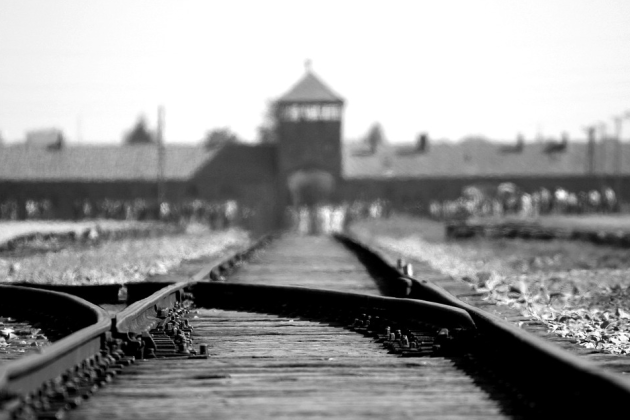
Why We Have to Learn About Sephardic Holocaust Stories

Sephardic women would often feel like outsiders in the camps; linguistically and culturally isolated. “They did not believe we were Jewish” is a much repeated phrase in their testimonies.
One of the more ambitious tasks of Holocaust research in recent years has been to enhance our understanding of the diversity and complexity of what went on during this dark period of human history. Without seeking to minimize any one specific experience, the assumption that the “typical” Holocaust account is represented by the Ashkenazi (male) experience is being adjusted, slowly but surely, by research that focuses on the war-time experiences of women and children, as well as that of other ethnic, religious or types of “minorities” subjected to the horrors of the Nazi machinery.
During a 2010 summer workshop on Sephardic Jews and the Holocaust at the United States Holocaust Memorial Museum, I had the opportunity to search in the archives for information on how Jewish women from North Africa (a longstanding research interest of mine) experienced this devastating historic event. I realized that through the oral testimonies collected in the U.S.C. Shoah Foundation’s Visual History Archive, as well as the collection at the Fortunoff Video Archive of Holocaust Testimonies housed at Yale, I would be able to locate information on this minority experience. Being a Norwegian Jew myself, I am acutely aware of the danger and tragedy of dismissing a minority narrative in favor of the majority. I have been on the receiving end of comments about how “few” Norwegian Jews there were. The implication is that in the larger scope of Holocaust history, this story is hardly central or representative to the Eastern or Central European Jewish war experience, even though nearly 50% of Norway’s approximately 1400 Jews were deported and killed, mostly in Auschwitz. Hence, with the acute awareness of and sensitivity to the dangers of occluding minority narratives in favor of majority ones, my research strives to bring other stories to light.
2 comments on “Why We Have to Learn About Sephardic Holocaust Stories”
Comments are closed.




So glad you are bringing the stories of Sephardic Jewish women to our attention. Centropa, a Jewish historical institute based in Vienna, interviewed Sephardic Jews in the Balkans, collecting their stories as they showed them their old family photographs. Those interested can search the database of photographs and interviews here – http://www.centropa.org/search-our-database-jewish-memory – and Centropa has made several short, multimedia films about some of the most compelling stories – here are a few: Three Promises tells the story of two Sephardic girls saved by a Catholic priest in Belgrade (http://bit.ly/Yi7dhB); An Actress Looks Back, tells the story of Leontina Arditi, an actress who tells what it was like to grow up in Bulgaria and how she survived (http://bit.ly/2mJhiAR); Matilda Albuhaire: A Sephardic Family story, tells the story of a woman who became a Jewish educator (http://bit.ly/2nfPjMY); A Bookstore in Six Chapters, tells the story of the Molho family in Greece (http://bit.ly/1orA4h8); and Centropa’s most recent, Rifka and Elvira: Coming of Age in a Time of War, tells of two women in Croatia (http://bit.ly/2ntEXK6). In addition, their 1492: El Otro Camino provides a quick historical background of the story of Sephardic Jews in the Balkans (http://bit.ly/U7uu3O). If anyone is a teacher, please feel free to contact me at granite@centropa.org – I am the US Education Director of Centropa and we have lessons using these resources developed by teachers in both Jewish and public schools. Enjoy!
Thank you for this informative comment, Lauren. Sorry I did not see it sooner!